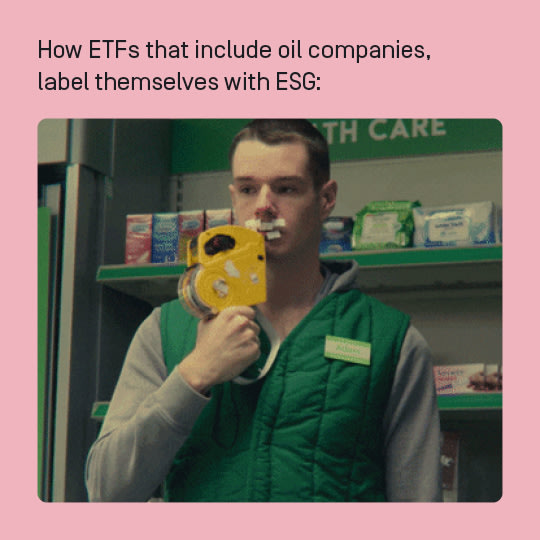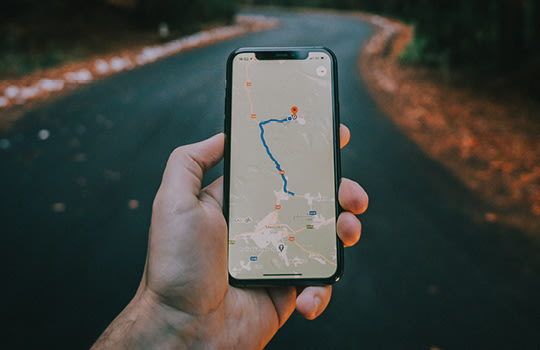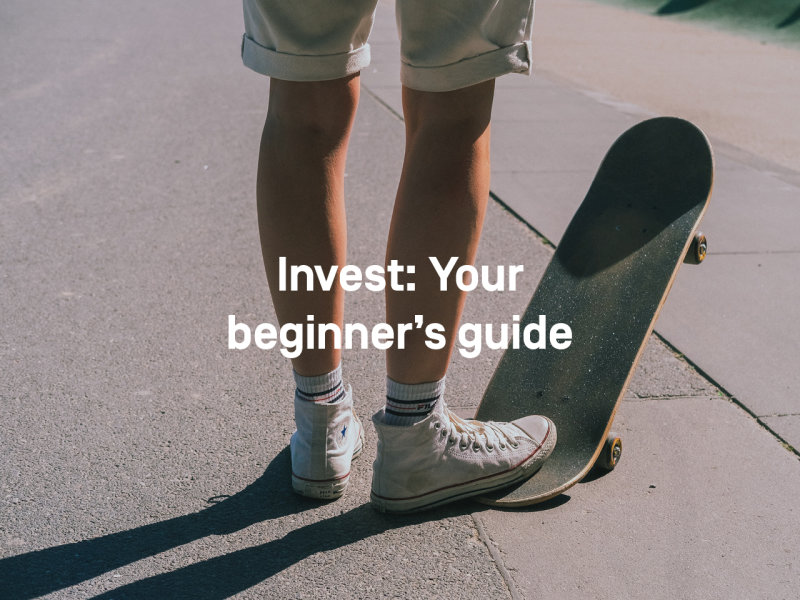You want to invest your money sustainably but still have a lot of questions? Then this is the right guide for you! Here’s our rundown of how much money you need, when’s the best time to start, which risks you should be aware of and how to develop a strategy for the stock exchange.
A lot of people are still hesitant about taking the investing plunge: probably because it seems too complicated. But it’s actually not. You don’t need to be a mathematical genius, nor do you need to keep a close eye on the share prices every day if you want to invest rather than just speculate.
One in six people in Germany are now investing their hard-earned cash – and at some point all of them started out small. And that is the first important step: simply getting started.
Here are a few points that you should consider first:
- Why should I invest my money and how much money do I need to invest?
- Can I get rich with stocks and shares?
- Greenwashing on the stock exchange: is it really possible to invest ecologically and socially?
- What kind of investment suits me?
- How do I develop an investment strategy?
- Mistakes to watch out for when investing
- Find out more about investing
Why should I invest my money and how much money do I need to invest?
It doesn’t take long to explain why investing is a good thing: when you invest, it’s not just about putting money to one side (like saving), but about making your money work for you. Because then you will have the chance of ensuring a decent return and significantly multiplying your money. Money that is saved, on the other hand, barely increases in value over time.
Although there is currently more interest on instant access accounts, for example, it is unfortunately very low and also a lot lower than inflation. That means that the value of your money will continue to decrease over time anyway.
Example:

One myth that you should forget about right away is that you need to be rich to invest your money on the stock exchange. You can start off with small amounts. But it’s important that you only invest money that you aren’t reliant on in your daily life.
Would you like to find out whether saving or investing is better for you personally? Read more about the subject here.
Can I get rich with stocks and shares?
As soon as you start your investment journey, you’re bound to hear the promise of getting rich quick with this or that investment product. And yes, some people have managed to become very well-off by investing. But you should always be suspicious if someone promises you that you will get super-rich, super-fast and that there is no risk involved. Because that’s just not possible.
So don’t fall for dubious offers and remind yourself that investing sustainably in your future is a really good way of achieving financial independence – but that is something that happens step by step and not overnight.
Greenwashing on the stock exchange: is it really possible to invest ecologically and socially?
Sustainable investments are good for your financial future and steer money into sectors that have a positive effect on all of our futures. The more money that is invested in forward-looking industries like renewable energies or climate-friendly mobility, the more these areas can develop and grow.
You can often recognize these sustainable investment products (such as sustainable equity funds or sustainable ETFs) by the abbreviations ESG (Environmental Social Governance) and SRI (Socially Responsible Investing). Or they are simply labelled as sustainable, green or impact investments. And there are also different certifications and standards.
But unfortunately, greenwashing is a massive problem in the world of sustainable investing.

The labels can provide information about sustainable investment products, but they are inadequate. Many providers take advantage of the labels’ weak points to engage in greenwashing on a grand scale. We need much stricter guidelines here than has been the case in the past. But until that happens, we have three simple tips to help you instantly recognize the greenwashing of investment products. Because yes, sustainable and social investment products do exist, but not all them that claim to be sustainable really are.
What kind of investment suits me?
It’s the same in life as it is on the stock exchange: the right strategy can be a game-changer. As a first step, you need to find out your most important needs (e.g. return, security and/or availability of your money) and also understand how you tick as a person.
Because only when you find an investment product and a strategy that suits you can you invest in the long term without panicking or selling too early at a huge loss. A lot of us dream about making big money, but are you really prepared to take the risk and stick it out over a longer period? Or can you even fulfil your dreams with an investment product that offers maximum security but a lower return? These are important questions that need to be clarified first.
Find out what kind of an investor you are. For example, are you more of a risk-taker who is motivated by the thrill? Or are you Team Cautious, because fluctuations, however big or small, make you nervous? Or are you something in between? Just be honest with yourself here – there is no right or wrong.
Your choice of investment product should reflect the type of investor you think you are as there are very different risk categories that you should take into consideration. Here’s an example: cryptocurrency is particularly risky, bonds are very low-risk, equity funds have a certain risk, but if you diversify your investment the risk is more calculated. So ask yourself how much you want to risk and what kind of a return you are hoping for – because there are also correlations here – and choose the right product to suit you.
We’ll be delving deeper into this subject here in our Magazine very soon.
How do I develop an investment strategy?
Developing an investment strategy sounds complicated but it’s just a way of describing the plan that you make for yourself as an investor: what am I investing my money in and how long will it take to fulfil my wishes?
Just picture your path to your goals as a hiking trip. To reach the finish line, have fun on the way and make sure you don’t go around in circles, you need to know the following: what is my aim? What kind of equipment do I have? And how much time do I have to get there? But also: how do I want to behave on this path?

Translated into the development of your personal investment strategy, that means: what is my investment goal, how much of a budget do I have, how long can my money stay invested and how important is sustainability to me? Once you have answered these questions, you can start planning your strategy. We’ll be explaining more about that to you soon too.
Mistakes to watch out for when investing
When it comes to investing, who dares, wins. But that doesn’t mean you need to blindly expose yourself to every risk that comes your way. Here are five mistakes that can lead to unnecessary risks:
1. Investing money that you need on a daily basis.
The golden rule is: only ever invest money that you can do without.
2. Not understanding the product you are investing in.
Do you know what kind of an investment product it is and does it align with your goals, values and need for security? Clarify that before you get started.
3. Putting all your bets on one horse.
Don’t invest all your money in one product such as a single share. It’s better to spread it over different ones by investing in an equity fund, for example, or multiple investment products. That’s called diversification or scattering.
4. Speculating rather than investing.
Earning a quick buck might sound tempting, but it doesn’t always work out. If you approach investing calmly and without time pressure, you will be able to ride out exchange rate fluctuations better.
5. Waiting for the perfect moment.
If you wait for the perfect time to start investing, you’ll probably never get started. It’s best to begin as early as possible as time works in your favor.
We’ll soon be reporting on the risk factors and how you can learn to weigh them up in our online Magazine.
And now? That was a lot of information all at once. Now the ball’s in your court: carry on informing yourself and learn the basics, understand your own motivation and your options and then get started. You can also gradually familiarize yourself with the topic and test the waters by investing small amounts to make sure you understand the mechanisms first. No one needs to start by investing a fortune – because the whole idea of investing is to build up a fortune!
Please note: This text does not contain any investment advice, purchase recommendations or sale recommendations.
Find out more about investing
Inflation and interest: Should I save my money or invest it?
Sharing is caring: 8 important tips to start investing
Sustainable funds, shares & Co.: How your money can change the future
